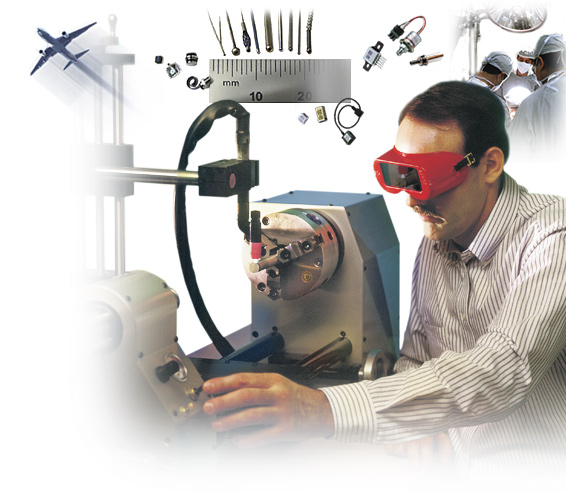
Carbon steel is steel where the main interstitial alloying constituent is carbon in the range of 0.12-2.0%. The American Iron and Steel Institute (AISI) defines carbon steel as the following: "Steel is considered to be carbon steel when no minimum content is specified or required for chromium, cobalt, molybdenum, nickel, niobium, titanium, tungsten, vanadium or zirconium, or any other element to be added to obtain a desired alloying effect; when the specified minimum for copper does not exceed 0.40 percent; or when the maximum content specified for any of the following elements does not exceed the percentages noted: manganese 1.65, silicon 0.60, copper 0.60."
Mild and low carbon steel
Mild steel, also called plain-carbon steel, is the most common form of steel because its price is relatively low while it provides material properties that are acceptable for many applications, more so than iron. Low carbon steel contains approximately 0.05–0.3% carbon[1] and mild steel contains 0.3–0.6%[1] carbon; making it malleable and ductile. Mild steel has a relatively low tensile strength, but it is cheap and malleable; surface hardness can be increased through carburizing.[3]
Higher carbon steels
Carbon steels which can successfully undergo heat-treatment have a carbon content in the range of 0.30–1.70% by weight. Trace impurities of various other elements can have a significant effect on the quality of the resulting steel. Trace amounts of sulfur in particular make the steel red-short, that is, brittle and crumbly at working temperatures. Low alloy carbon steel, such as A36 grade, contains about 0.05% sulfur and melts around 1426–1538 °C (2599–2800 °F).[8] Manganese is often added to improve the hardenability of low carbon steels. These additions turn the material into a low alloy steel by some definitions, but AISI's definition of carbon steel allows up to 1.65% manganese by weight.
Medium carbon steel
Approximately 0.30–0.59% carbon content.[1] Balances ductility and strength and has good wear resistance; used for large parts, forging and automotive components.[9]
High carbon steel
Approximately 0.6–0.99% carbon content.[1] Very strong, used for springs and high-strength wires.[10]
Ultra-high carbon steel
Approximately 1.0–2.0% carbon content.[1] Steels that can be tempered to great hardness. Used for special purposes like (non-industrial-purpose) knives, axles or punches. Most steels with more than 1.2% carbon content are made using powder metallurgy. Note that steel with a carbon content above 2.0% is considered cast iron.
Heat treatment
The purpose of heat treating carbon steel is to change the mechanical properties of steel, usually ductility, hardness, yield strength, or impact resistance. Note that the electrical and thermal conductivity are only slightly altered. As with most strengthening techniques for steel, Young's modulus (elasticity) is unaffected. All treatments of steel trade ductility for increased strength and vise versa. Iron has a higher solubility for carbon in the austenite phase; therefore all heat treatments, except spheroidizing and process annealing, start by heating the steel to a temperature at which the austenitic phase can exist. The steel is then quenched (heat drawn out) at a high rate causing cementite to precipitate and finally the remaining pure iron to solidify. The rate at which the steel is cooled through the eutectoid temperature affects the rate at which carbon diffuses out of austenite and forms cementite. Generally speaking, cooling swiftly will leave iron carbide finely dispersed and produce a fine grained pearlite (until the martensite critical temperature is reached) and cooling slowly will give a coarser pearlite. Cooling a hypoeutectoid steel (less than 0.77 wt% C) results in a lamellar-pearlitic structure of iron carbide layers with _-ferrite (pure iron) between. If it is hypereutectoid steel (more than 0.77 wt% C) then the structure is full pearlite with small grains (larger than the pearlite lamella) of cementite scattered throughout. The relative amounts of constituents are found using the lever rule. The following is a list of the types of heat treatments possible:
